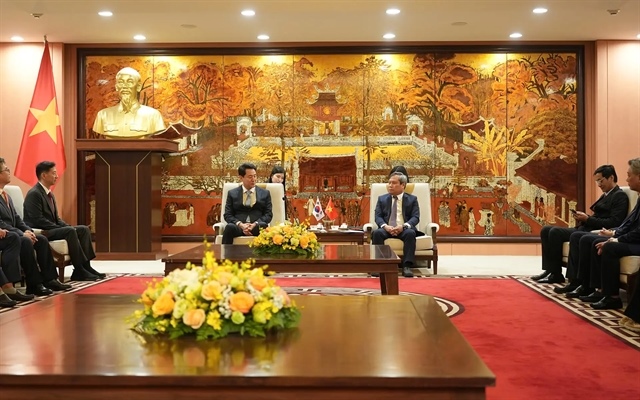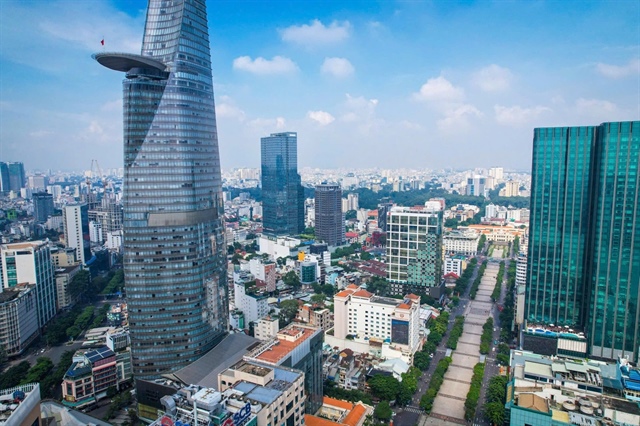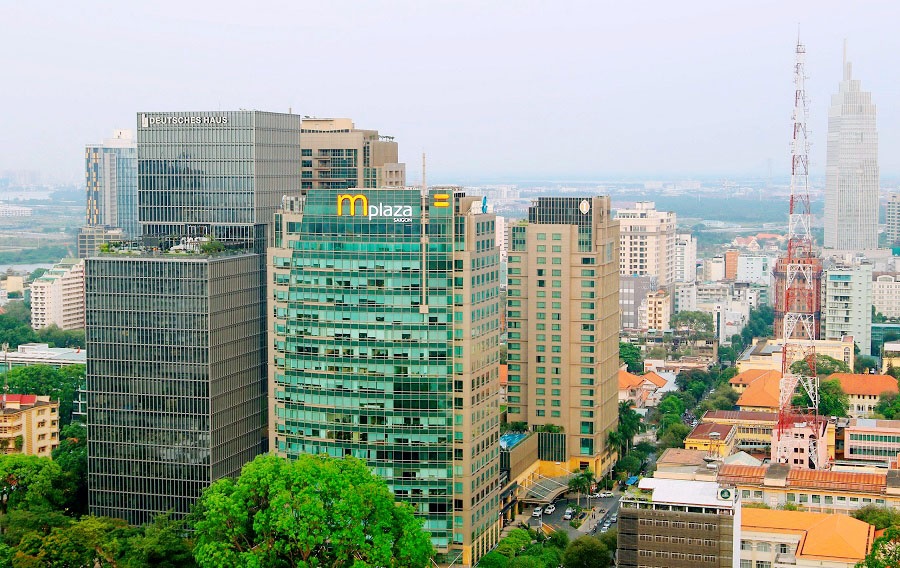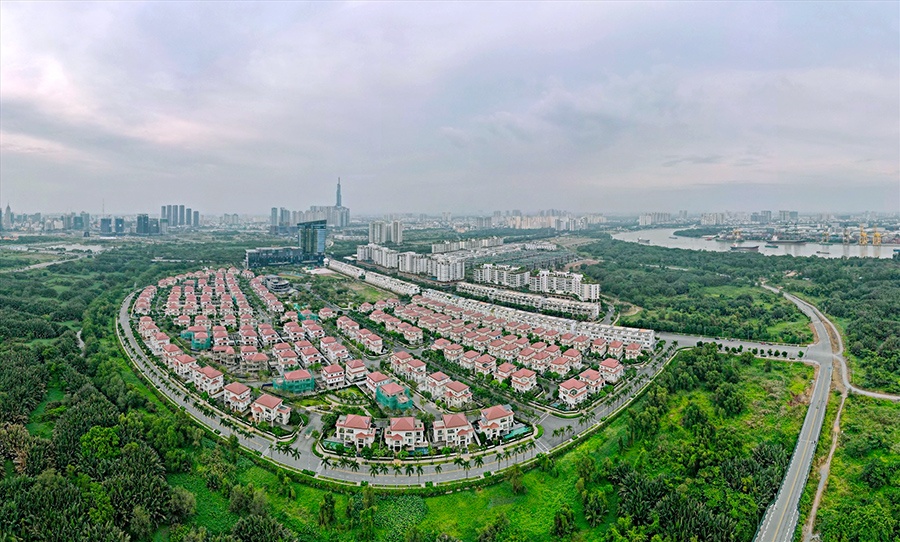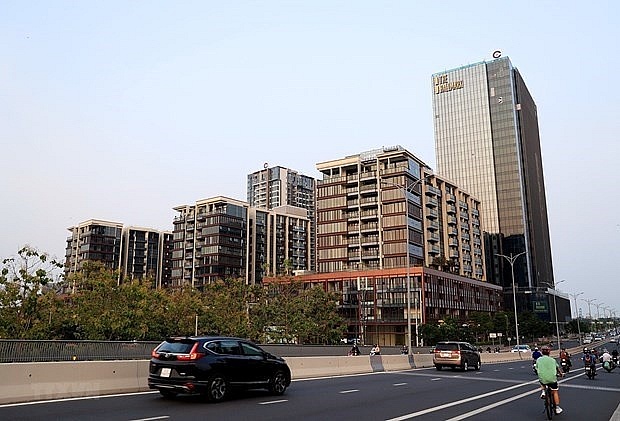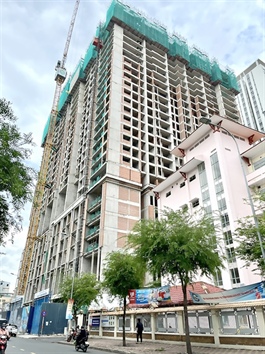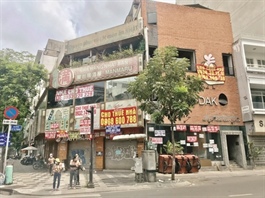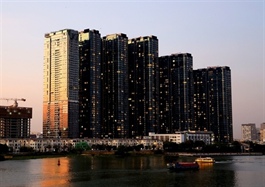Resort real estate struggles to achieve lift off in fickle market
Resort real estate struggles to achieve lift off in fickle market
Although the real estate market has continuously received positive policies from the government to remove obstacles, resort real estate has suffered hugely in recent years and is showing little sign of recovery, with many properties unfinished and unused.

General market difficulties with macroeconomic fluctuations have impacted customer psychology, causing market liquidity to not reach expectations. According to a report by DKRA Vietnam released in early October, in the resort villa segment, new supply was only 81 units from three projects open for sale, an increase compared to the previous quarter of only 7 per cent.
Market demand is low, consumption is equivalent to 2 per cent of the same period last year, and most transactions focus on products priced below VND10 billion ($421,940) per unit.
“Investors are still quite cautious in bringing products to the market, causing supply to continue a downward trend from the middle of late Q2 of 2022 until now,” said Vo Hong Thang, director for Research and Consulting, DKRA Vietnam.
“The general difficulties of the market along with the unexpected recovery of the tourism industry have impacted customer psychology in recent times, causing market liquidity to remain at a low level,” Thang said.
In the resort townhouse and shophouse segment, the market recorded 128 new supply units from just four projects launched for sale. New supply increased compared to the previous quarter but was still at a very low level, equivalent to 7 per cent over the same period last year.
“Market demand decreased significantly, consumption recorded the lowest level in the past five years, only 1 per cent of the same period last year,” Thang said.
The condotel segment in the third quarter of 2023 recorded a sharp increase in supply compared to the previous quarter, with about 656 units from six projects opened for sale. New consumption reached about 203 units, accounting for 31 per cent of new supply.
Binh Dinh led the supply and consumption in the quarter, especially strongly developed resort markets such as Danang and Phu Quoc, which continued to have the lowest sold volume in the market.
The macroeconomy still has many challenges, capital flow is difficult to inject, and the tourism industry has not fully recovered, with the resort real estate market expected to continue to face many difficulties.
According to DKRA Vietnam, it is forecasted that in the fourth quarter, condotel supply is expected to increase compared to the third quarter of 2023, fluctuating at around 400-500 units, mainly concentrated in Kien Giang and Ba Ria-Vung Tau.
At the same time, the supply of resort villas and resort townhouses/shophouses is forecast to be equivalent to Q3, or increase slightly. Overall market demand improved compared to Q3 of 2023, but not at a remarkable increase.
In addition to the slow recovery of demand, the oversupply, mainly at coastal tourist destinations, will also contribute to increasing challenges for resort real estate business activities.
According to research by BHS Group, a local real estate consultancy company, in the last three years, more than 80 resort real estate projects have been implemented nationwide. Together, they offered 44,000 resort real estate products to the market.
However, only 31 projects are fully operated, the remaining projects are operated in parts, under construction or even delayed. More than 24,000 of the products are unused, which does not create a landscape for sound investment.
Hoang Huu Minh Dung, head of R&D at BHS Group said, this problem comes from the “in-turn” construction and sales method that investors apply when implementing large-scale projects. This method, according to Dung, is a way to maintain cash flow for investors and draw in customers for the next products being sold.
“However, the risk is that many projects are not fully constructed and leave parts unfinished and not fully put into operation,” Dung said.
Of more than 80 projects spanning all three regions, the central region leads with 34 projects, followed by the north and south regions with 29 and 18, respectively.
Proportionate to the number of projects, the number of resort products in the central region also leads with more than 23,500 unused products, accounting for 53 per cent of the total number of resort products nationwide since 2020. Among those, Khanh Hoa, Binh Thuan, Binh Dinh and Phu Yen lead with a total of more than 16,000 unused products.
This number is 5,000 in the north, located in Hoa Binh, Haiphong and Phu Tho, and 3,000 products in the south in Kien Giang province.




